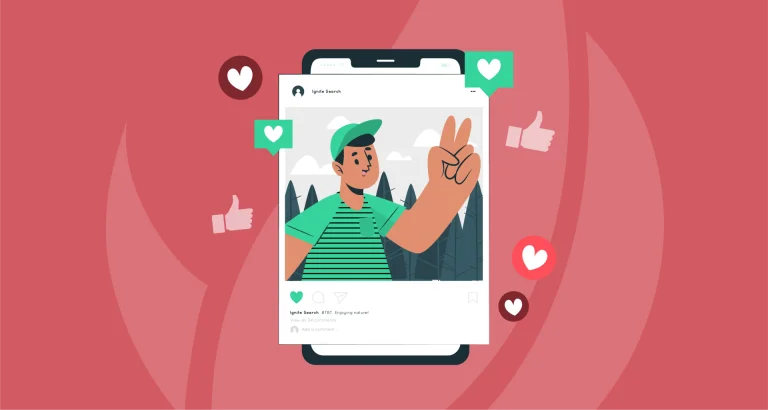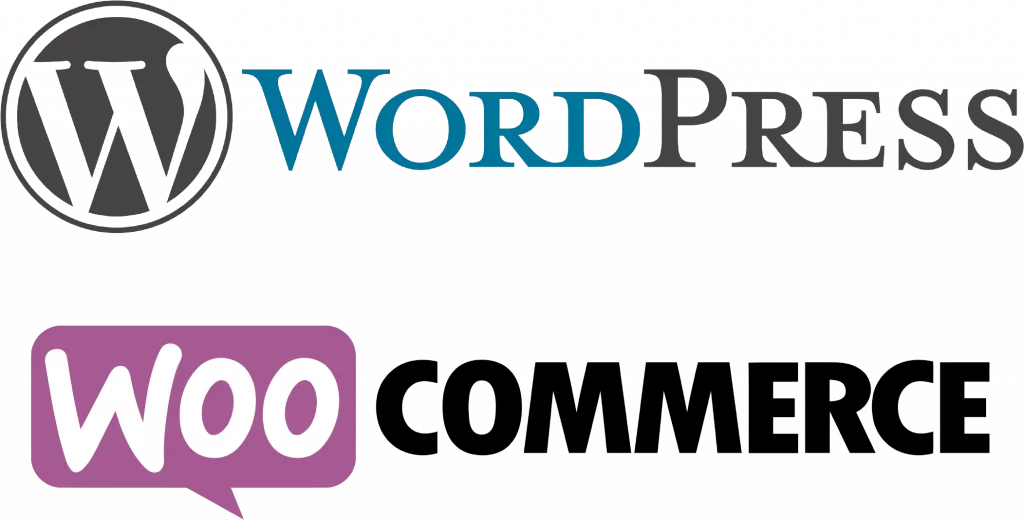By Lydia Barley
While the idea of being everywhere seems fantastic, you likely don’t have the time or resources to do so. Social media can be extremely time consuming, especially with the time it takes to stay on top of new features, trends and the best practices for each channel. It’s better that you do extremely well on one platform and gain several conversions from one platform than to be on all of them, do mediocrely and get the odd conversion. So, with that in mind, you’re probably wondering, ok so which platform should I be using?
It would be great if we could give a set response of one platform that all users should be on but which platform you should use depends on your business. In this blog post we will discuss 5 popular platforms that your business could use. Before we discuss each social media platform you need to define your business goals, figure out where your audience is, find out what your audience likes and what content you create. Then as we discuss each platform keep those thoughts prominent in your mind and relate each platform back to those questions. Think to yourself; will this platform help me reach my social media goals, is my audience on this platform, would my audience like this platform and do I create content suitable for this platform.
1. Facebook
First up is Facebook, with 2.01 billion monthly active users worldwide and 1.23 billion daily active users worldwide it’s no surprise that Facebook is seen as the king of social media. Facebook explains itself as a platform that gives people the power to build community and bring the world closer together; where users stay connected with friends and family, discover what’s going on in the world and share and express what matters to them. On this platform users can share text, images, videos and GIFs. Facebook is used by social networkers across all gender, age and location segments. Due to the size and the audience variety of Facebook majority of businesses have a Facebook account core to their social media strategy alongside additional platforms.
Note: Facebook has had recent algorithm changes that make it harder for businesses to be seen on this platform, driving the need for paid promotions.

2. Instagram
Next up is Instagram, which at 800 million monthly active users worldwide is known as one of the fastest growing social media platforms. This platform attracts a younger audience, particularly those under the age of 30. Instagram is an extremely visual platform where users share photos and videos. Therefore the key to success on Instagram is attractive visuals, hence why visual based businesses such as artists, photographers and clothing companies predominantly use Instagram. Instagram describes their platform as a place to check what your friends, family and interests have been capturing and sharing around the world.

3. Twitter
Twitter, which is less popular than Instagram, still has approximately 3 million monthly active users from Australia alone. Twitter explains itself as the platform to find out what’s happening in the world; from breaking news and entertainment to sports and politics. Describing itself as a ‘live commentary’. Like Instagram, Twitter also attracts a younger audience, particularly those under the age of 30. While Twitter is most commonly known for text sharing in the form of short ‘tweets’ (up to 280 characters), users can also share images and short videos (up to 2 minutes and 20 seconds). Twitter is extremely popular amongst news companies however with the increasing user-capability on Twitter, a variety of businesses are including it into their social media campaign.

4. LinkedIn
Typically LinkedIn is the choice for B2B businesses as it’s a business and employment oriented platform that is predominantly used for professional networking. LinkedIn describes their platform by saying that it is for managing your professional identity, building and engaging with your professional network and accessing knowledge, insights and opportunities. Due to this professional focus LinkedIn lacks appeal to the under 30s and is predominantly used by those over the age of 30. However, LinkedIn in still quite popular with approximately 4.2 million monthly active Australian users. On this platform users can share text, images, videos and job listings. On the advertising side of things, LinkedIn has been ramping up it’s efforts to create more opportunities for businesses to reach potential customers, with the release of native video uploading function for company pages. Expect more changes to come in 2018 from LinkedIn.

5. Youtube
And the final platform is YouTube. YouTube is a video sharing platform which is quickly increasing in popularity. In September of 2017 alone YouTube had 15 million unique Australian visitors. YouTube describes itself as a platform where users can enjoy the videos and music they love, upload original content and share it with friends, family and the world on YouTube. This platform predominantly attracts younger audiences with 75% of those between 18-29 being active users of YouTube. However, Youtube also attracts older audiences with 45% of 30-39 year olds and 54% of 40-49 year olds being active users. A variety of businesses who have the capability of creating videos utilise YouTube. Particularly those businesses that can share educational videos such as Walmart whoshare easy recipe videos or behind the scenes videos such as Lush Cosmetics North America who show the suppliers and production process of the business.

Conclusion
By now a few platforms should be standing out to you for your business. Before making the decision on which platform/s to utilise remember to ask yourself these questions:
- Will this platform help me reach my social media goals?
- Is my audience on this platform?
- Would my audience like this platform?
- Do I create content suitable for this platform?
Ensure that the platform that you are looking at using aligns with your business and each of these questions. And remember that the best way to find out what works best for you is to test and retest. So, make sure to test different social media platforms and see what works for you.
Are you looking for assistance with your conversion rate optimization or search engine optimization? Contact us on 08 9467 9883 or send us an email at info@ignitesearch.com.au









